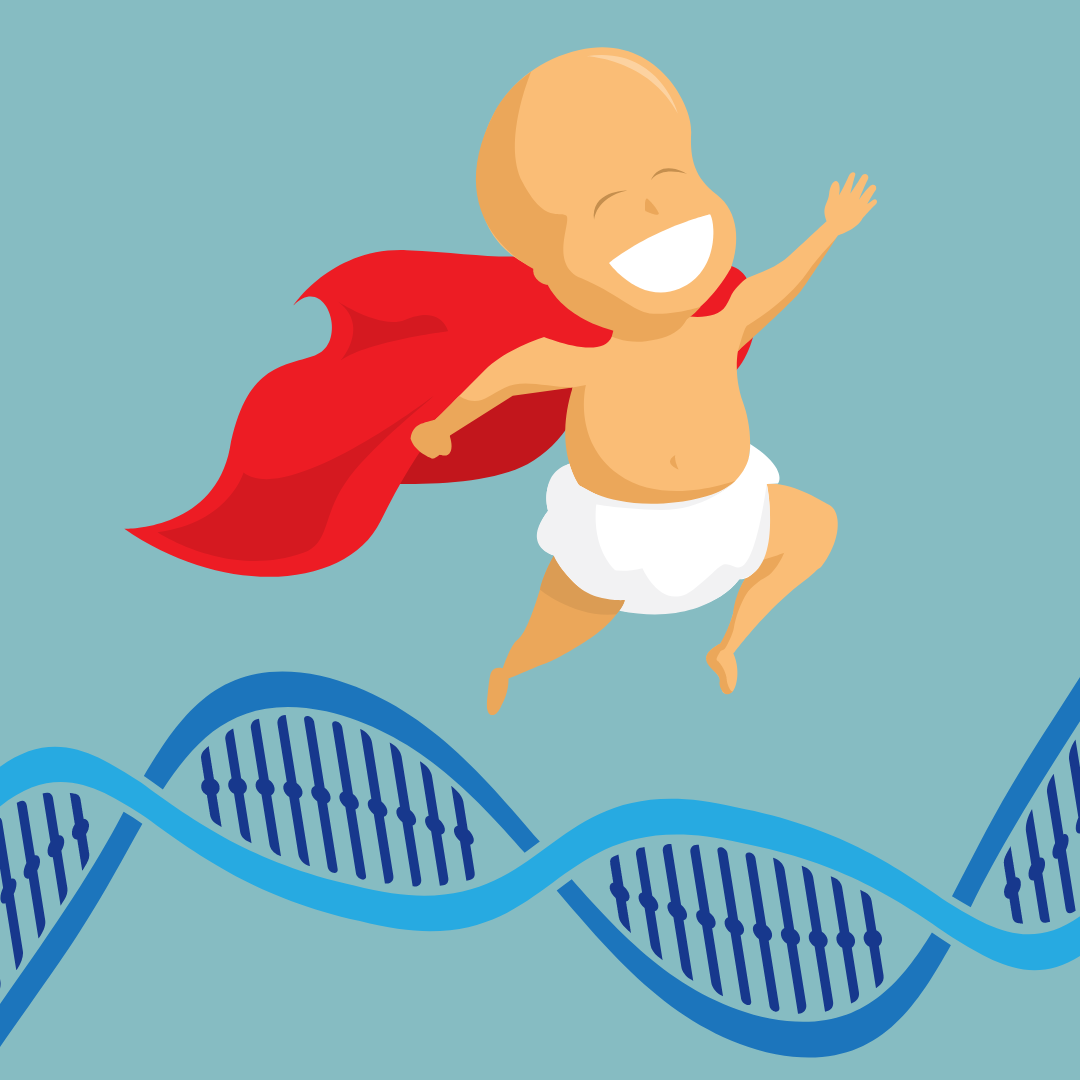Designing babies
By Staff,
The Economist
| 02. 21. 2025
One of the greatest scandals in modern science began with a late-2010s advertisement for HIV-positive couples looking to have children through in-vitro fertilisation (IVF). The ad had been put out by a scientist named He Jiankui, a biologist then at the Southern University of Science and Technology in China. Several pairs responded. For each couple, Dr. He and his team harvested their sperm and eggs and created embryos through IVF. He edited a gene in each embryo using CRISPR, then did something that had never been done before: had the edited embryos implanted into the women’s wombs. The gene, CCR5, is responsible for a cell-surface protein which plays a key role in HIV infection. A natural variant of CCR5 blocks production of the protein and confers protection against HIV. It was this protection that Dr. He sought to give the embryos.
In November 2018, just before the second International Summit on Human Genome Editing, MIT Technology Review reported both that the experiments had taken place and that two of the embryos had, when implanted in the womb, resulted in successful...
Related Articles
By Aisha Down, The Guardian | 11.10.2025
It has been an excellent year for neurotech, if you ignore the people funding it. In August, a tiny brain implant successfully decoded the inner speech of paralysis patients. In October, an eye implant restored sight to patients who had...
By Jessica Hamzelou, MIT Technology Review | 11.07.2025
This week, we heard that Tom Brady had his dog cloned. The former quarterback revealed that his Junie is actually a clone of Lua, a pit bull mix that died in 2023.
Brady’s announcement follows those of celebrities like Paris...
By Heidi Ledford, Nature | 10.31.2025
Late last year, dozens of researchers spanning thousands of miles banded together in a race to save one baby boy’s life. The result was a world first: a cutting-edge gene-editing therapy fashioned for a single person, and produced in...
By Lauran Neergaard, AP News | 11.03.2025
WASHINGTON (AP) — The first clinical trial is getting underway to see if transplanting pig kidneys into people might really save lives.
United Therapeutics, a producer of gene-edited pig kidneys, announced Monday that the study’s initial transplant was performed successfully...




